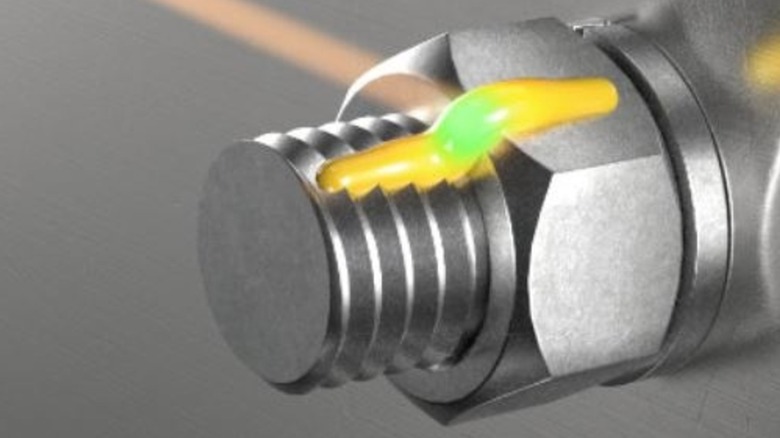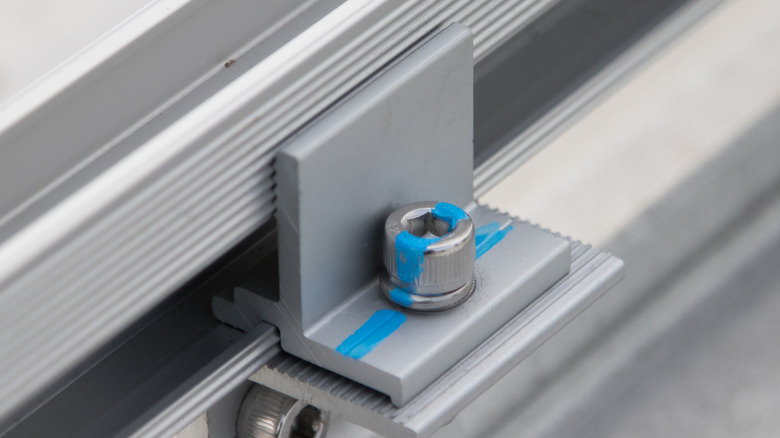What Are Those Yellow Marker Lines On New Cars?
Buying a new car is an exciting and, in some ways, overwhelming experience, and one might overlook things that would usually stand out to us, such as unusual yellow marks found dotted all around said car. Chances are, you'll pick up on these marks a day or two into ownership, and wish you'd asked your sales advisor these important questions at the time, to find out what they're for.
Well, fear not, they aren't left by vandals or meant to identify defects which should have been fixed before purchase. Rather the contrary, actually, as these marks are used as part of a quality control system, to ensure everything has been assembled correctly before it's put on sale.
It's not just brand-new cars which will sport these marks either, as some mechanics will leave similar marks when completing jobs, usually when installing new parts. They're also known as tamper detection markings – if someone were to tamper with the fastening in question, the yellow marker line would no longer line up, or be partially rubbed off, showing that you can no longer trust the fastener to be tightened up to the correct torque setting, and it needs to be re-checked.
Yellow marker lines are used to identify nuts and bolts that have been tightened to the correct torque setting
Picture the scenario — you're responsible for checking over the mechanical parts of a new car, be it a gearbox or hybrid system. How can you be sure you've checked and properly torqued-up every nut and bolt? Leave a little mark over the fastener and part to clearly identify that, yes, this has been tightened to the manufacturer's recommended torque setting, and is therefore safe to be delivered to a paying customer.
The same applies to mechanics also, especially when undertaking larger jobs. For example, some jobs may require wheel hubs and/or suspension components to be removed and then refitted. Loose bolts here could be catastrophic and dangerous for the customer, so marking them as torqued-up as you go along can help you to identify that everything is as tight as it should be when the job is complete. These marker lines may not be yellow, either. In fact, you may find markings of this nature in a multitude of different colors, but they all serve the same purpose. Car enthusiasts with impressive collections who restore models back to factory standards will also look to replicate these markings on their immaculate classics, in an attempt to achieve that factory fresh look they strive so hard to achieve.

